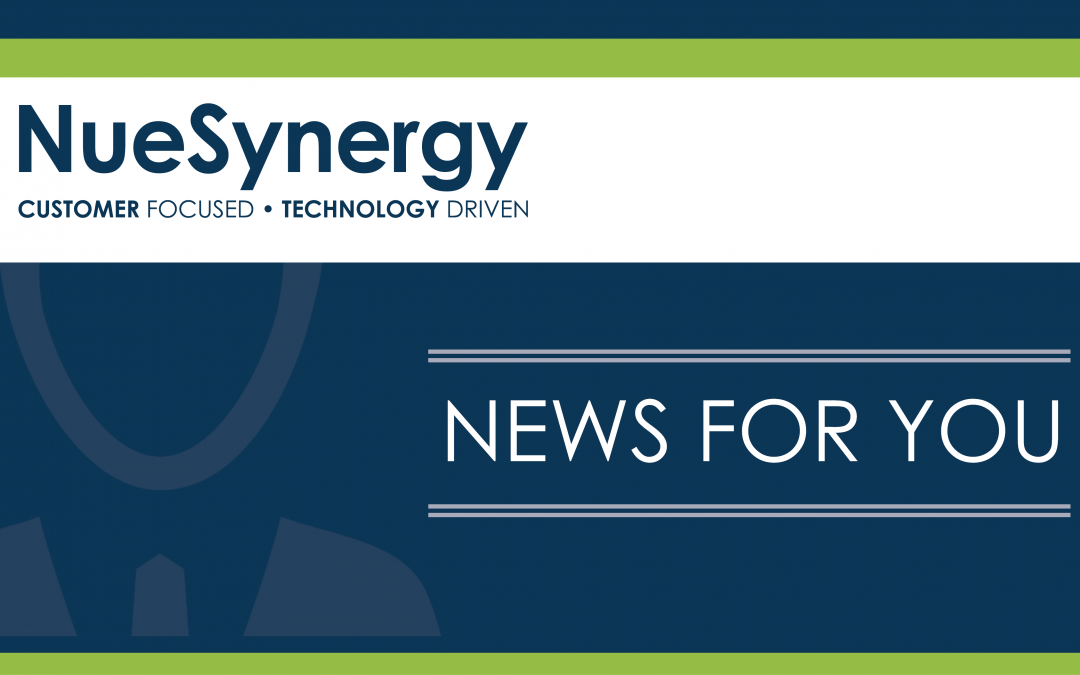Millennials and the consumer-driven health care market
According to the Pew Research Center, Millennials are projected to surpass Baby Boomers in 2019 as the largest living adult generation. Although Millennials are negatively stereotyped as the generation of “instant gratification”, newer business models and emerging technologies have conditioned all of us to expect instant results from the companies we partner with and do business.
Over the last decade, this shift in buyer expectations has altered the health care delivery landscape. It’s no secret health care organizations are moving toward participant-focused models. Millennials, in large part, are helping to influence this change. For example, they are more likely than other generations to seek out alternative health care options and research plan options, doctor/hospital ratings and cost of care before utilizing the services.
We also need to know Millennials are significantly more diverse than older generations, and health care organizations are working more than ever to better understand this consumer segment. When targeting Millennials for their health care needs, c2b solutions’ has grouped Millennials into five segments:
Self Achievers
Balance Seekers
Priority Jugglers
Willful Endurers
Direction Takers
With the understanding Millennials cannot be defined as one key demographic, agents and brokers can focus on more targeted messages to build greater engagement. Millennials may not want to hear about a CDHP or HSA by reading through a benefit booklet, but they may become more engaged with a tailored video explaining the benefits of investing in an HSA. While creating a video is a lot more expensive than printing a benefit booklet, a video will have a longer “shelf life” and can be shared across multiple channels, connecting with more participants. Other alternatives are available, such as presenting benefit information in a web-friendly format across social media channels.
Millennials are looking to invest and an HSA is the perfect vehicle
It’s clear an updated communications strategy is crucial for reaching the younger generations. What worked before no longer applies today. However, while generational and marketplace shifts can be painful, HSAs are perfectly calibrated for the emerging market, as they offer flexible and participant-friendly benefits, such as:
100% of unused funds roll over year-after-year
Funds go with you even if you switch employers
Can pay for the eligible expenses of your legal spouse and tax dependents regardless of their insurance
Can be used for Medicare premiums as well as qualified long-term care premiums
Further, according to a recent report from EBRI, Millennials are more interested than Baby Boomers in investing their money into an HSA. This presents us with a unique opportunity to educate and promote the HSA as an investment tool. HSAs provide more benefits than the traditional Investment Retirement Account (IRA) and can be invested into bank accounts, stocks, bonds, money market funds and mutual funds. Rather than using the HSA solely to pay for medical expenses, participants have the flexibility to choose when and when not to use their HSA dollars. By paying for qualified medical expenses with after-tax dollars, the HSA balance grows tax-free. Many HSA participants elect to pay smaller expenses with after-tax dollars, allowing their balances to grow for the future.
It’s important for participants of all generations to understand the best way to use the HSA is by treating it as an investment tool, primarily because of the triple-tax advantage. In 2016, 4% of accounts had investments other than cash. It goes without saying this understanding won’t occur overnight. It’s also unreasonable to expect every participant to have the wherewithal to use their account solely for investing. However, as Millennials continue to move the needle toward consumer-driven health care, it’s realistic to expect a behavioral shift and an uptick in participants using the HSA as an investment tool. Participants need to look to their financial advisors when planning their HSA investment strategy, much like they would with a 401(k) or IRA. But in the end, the choice belongs to the participant.





